Imagine a bird so large, so delightfully odd, that it turns wildlife documentaries into moments of comedy gold. Picture this: a giant, moss-green parrot, unable to fly, hopping about the forest floor of New Zealand, suddenly falling head over heels for a human — and making its move right in front of rolling cameras. If you think nature is always dignified, think again. This is the story of the kakapo, the world’s heaviest and perhaps quirkiest parrot, whose romantic misadventure with a cameraman on national TV became an instant sensation. It’s a tale that’s equal parts hilarious and heartwarming, shining a light on one of the rarest birds on the planet.
The Legendary Kakapo: New Zealand’s Feathered Giant
The kakapo isn’t just any parrot; it’s a bird that defies all expectations. Weighing up to 9 pounds, it’s the heaviest parrot alive. But there’s more — it can’t fly. Instead, it waddles and climbs through ancient forests, using its strong legs and beak to get around. Its soft, mossy-green feathers blend perfectly with the forest floor, making it a master of camouflage. But despite its stealth, the kakapo’s story is one of vulnerability. Once widespread, this gentle giant is now one of the rarest birds on Earth, teetering on the edge of extinction.
The Moment That Stole the Show
In an unforgettable scene filmed for a BBC documentary, a male kakapo named Sirocco decided he’d found the love of his life — and it happened to be a cameraman’s head. As the cameras rolled, Sirocco enthusiastically attempted to mate with the bemused human, resulting in a burst of laughter from the crew and an iconic TV moment. The incident wasn’t just funny; it was strangely touching, revealing the kakapo’s trusting nature and its struggle to find a mate in a world where so few of its kind remain.
Why Can’t the Kakapo Fly?
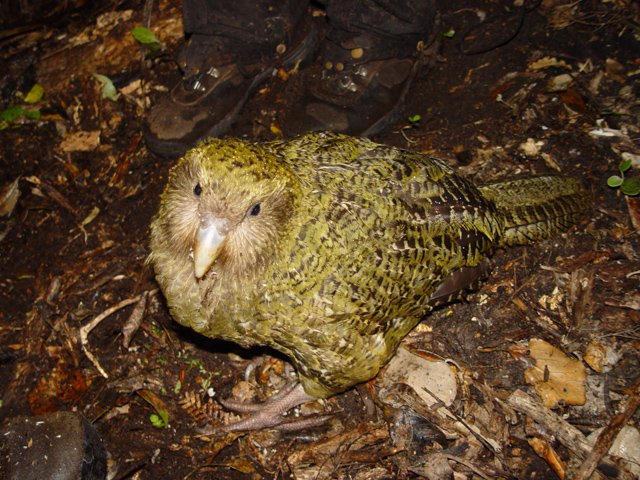
Evolution played a trick on the kakapo. For millions of years, New Zealand had almost no land predators. Without the need to escape danger, the kakapo lost its ability to fly, evolving into a heavyweight ground-dweller. Its wings are tiny and mostly used for balance or gliding down from trees. While this strategy worked for centuries, it left the kakapo helpless when new dangers — like stoats, cats, and rats — arrived with humans.
Mating Rituals: A Song in the Night

The kakapo’s courtship is as unusual as the bird itself. Males dig bowl-like depressions in the ground and sit in them for hours after dark, emitting deep, booming calls that can echo for miles. These “booms” are meant to attract females, who wander the forest in search of the loudest, most impressive suitor. But with so few kakapos left, these love songs often go unanswered, which is why a human cameraman occasionally becomes the object of affection.
Sirocco: The Parrot That Became a Star
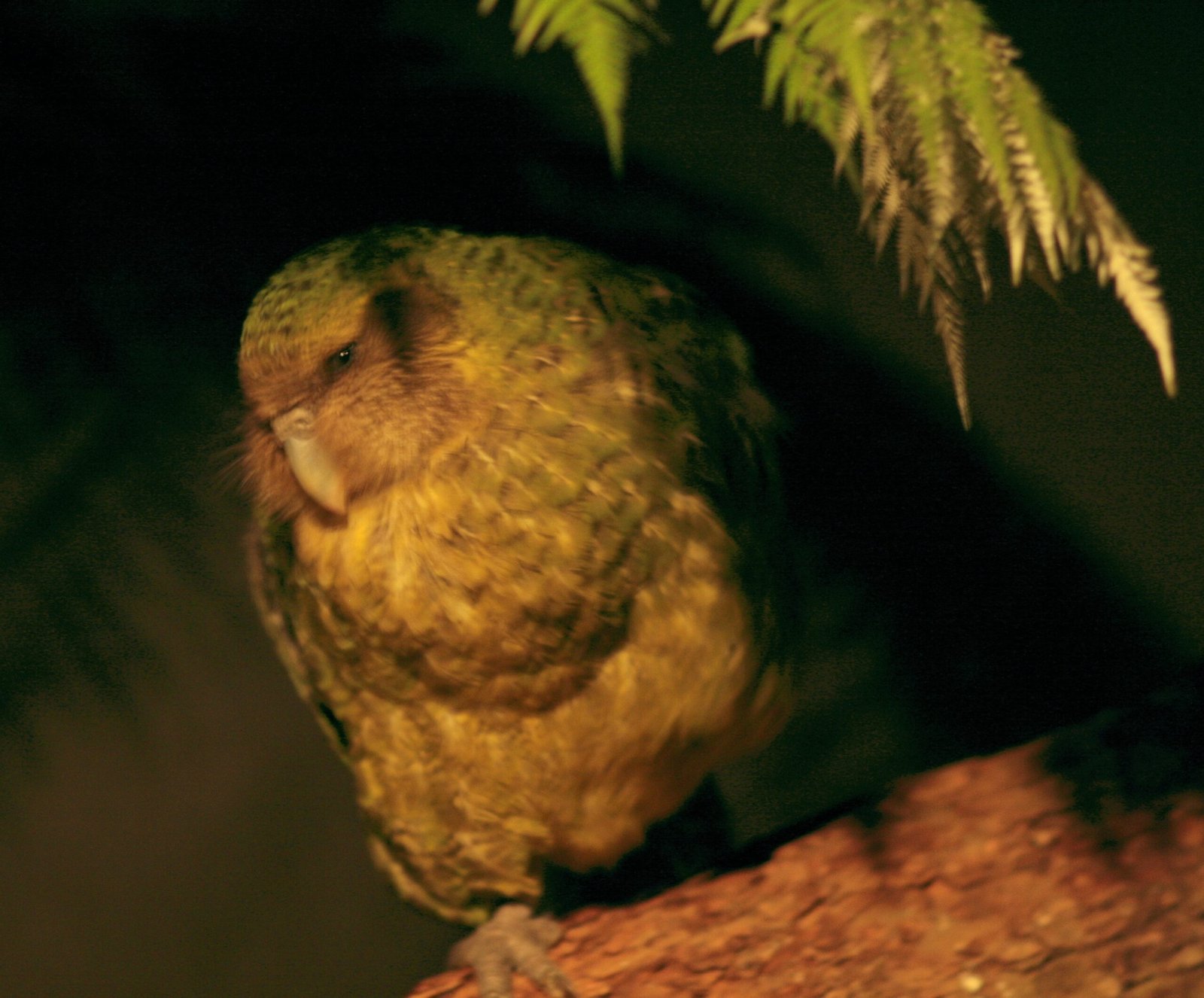
After his TV debut, Sirocco became a celebrity. New Zealanders fell in love with his bold personality and antics. He was named the country’s official “Spokesbird for Conservation,” helping to shine a spotlight on the plight of his species. Sirocco’s fame has brought the kakapo international attention, inspiring people around the world to care about this unique bird and the forests it calls home.
The Challenges of Kakapo Conservation
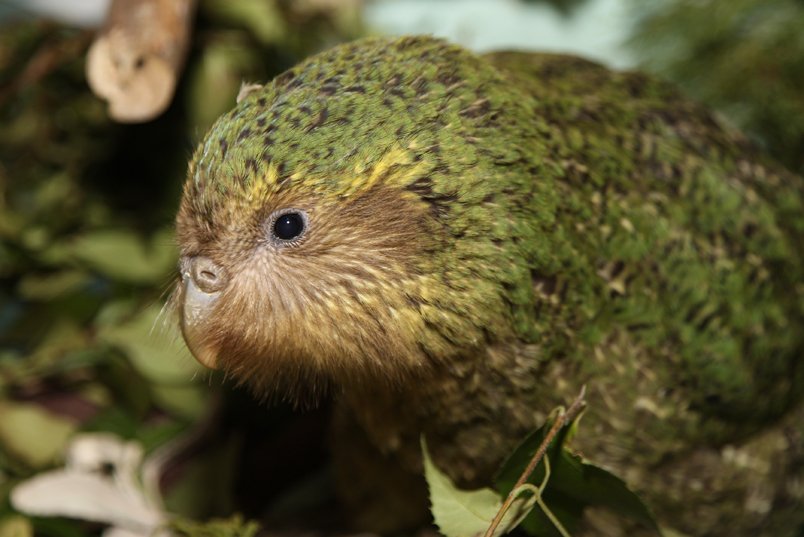
Saving the kakapo is one of the most ambitious conservation efforts in the world. With fewer than 250 birds remaining as of 2025, each individual is precious. Conservationists work around the clock, monitoring nests, hand-rearing chicks, and protecting the birds from predators. The entire population lives on predator-free islands, where every egg and every chick matters. It’s a race against time, but one filled with hope and determination.
Predators: A Deadly Invasion
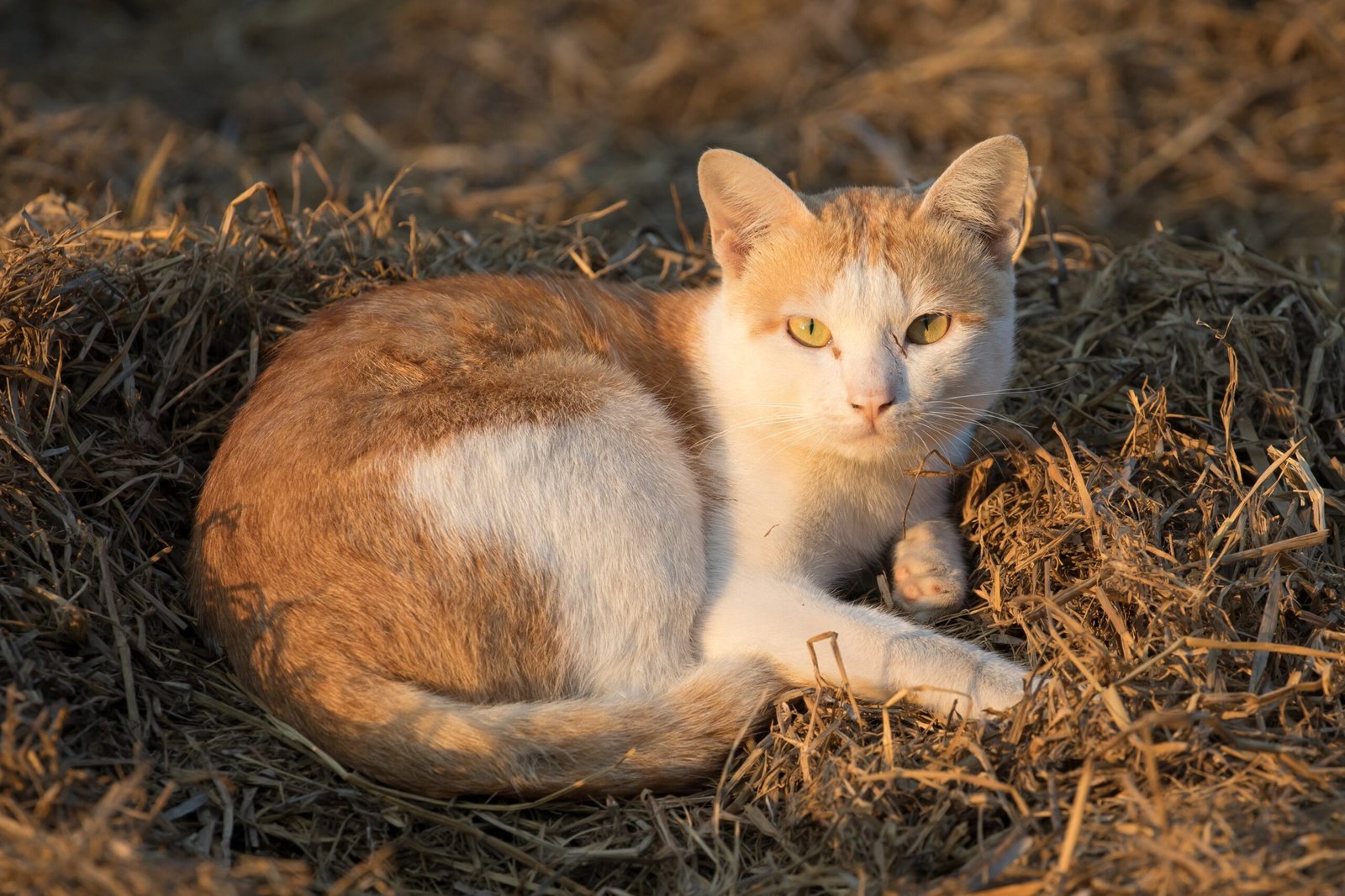
When humans first arrived in New Zealand, they brought with them animals like cats, rats, and stoats. These predators hunted kakapos relentlessly, decimating their numbers. Unlike other birds, the kakapo’s defense is to freeze and blend in, which works against visual hunters but is useless against mammals that hunt by scent. This mismatch turned the kakapo from a thriving species into a rare survivor.
Genetics: The Perils of Inbreeding
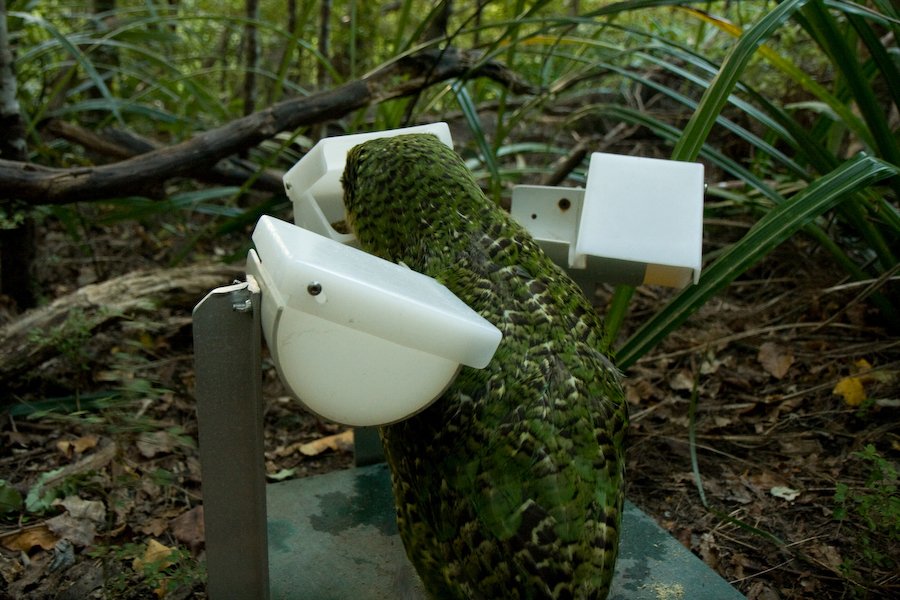
With such a small population, kakapos face the risk of inbreeding. This can lead to weak chicks, infertility, and genetic diseases. Scientists have mapped the entire kakapo genome to better understand these risks. By carefully managing breeding pairs and using genetic information, they hope to give the species the strongest possible future.
The Role of Technology in Kakapo Recovery
Modern science has become the kakapo’s secret weapon. Conservationists use GPS trackers to follow every bird, remote cameras to watch nests, and even artificial insemination to boost breeding success. Data collected from each bird helps scientists make smarter decisions, from pairing the right mates to predicting when females will lay eggs. Technology has transformed the way we save this ancient species.
Hand-Rearing: Giving Chicks a Fighting Chance
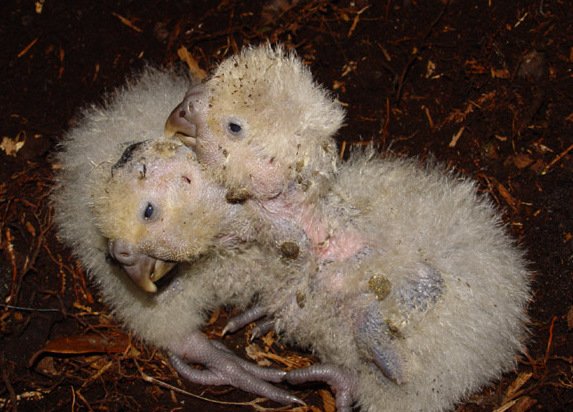
Sometimes, kakapo chicks need a little extra help. If a mother abandons her nest or if conditions are harsh, conservationists step in to hand-rear the chicks. This involves round-the-clock feeding and care, sometimes for months at a time. The bond that forms between the caregivers and chicks is powerful — and it’s this dedication that has helped the population slowly recover.
Kakapo Diet: Gourmets of the Forest
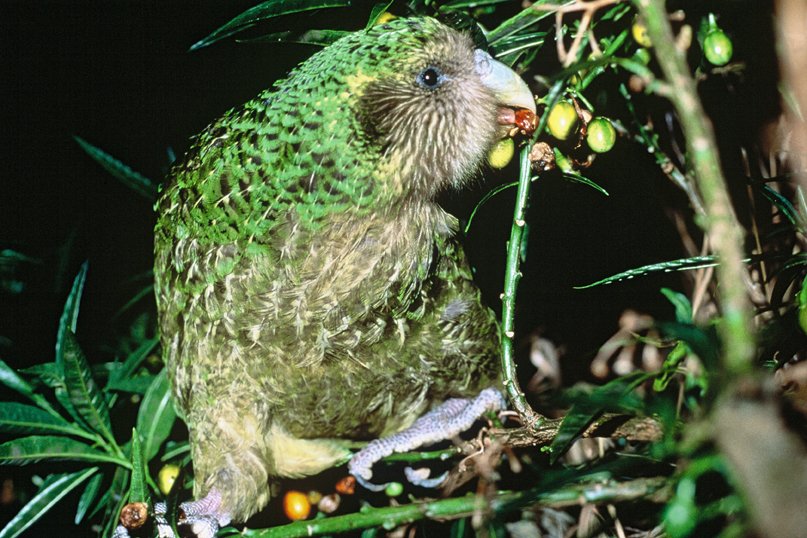
Kakapos aren’t picky eaters, but they have refined tastes. Their favorite food is the fruit of the rimu tree, which only ripens every few years. When rimu is plentiful, kakapo breeding booms; when it’s scarce, breeding grinds to a halt. Conservationists sometimes supplement the birds’ diets to encourage breeding, but nothing beats a feast of wild rimu berries.
Personality and Playfulness: More Than Meets the Eye
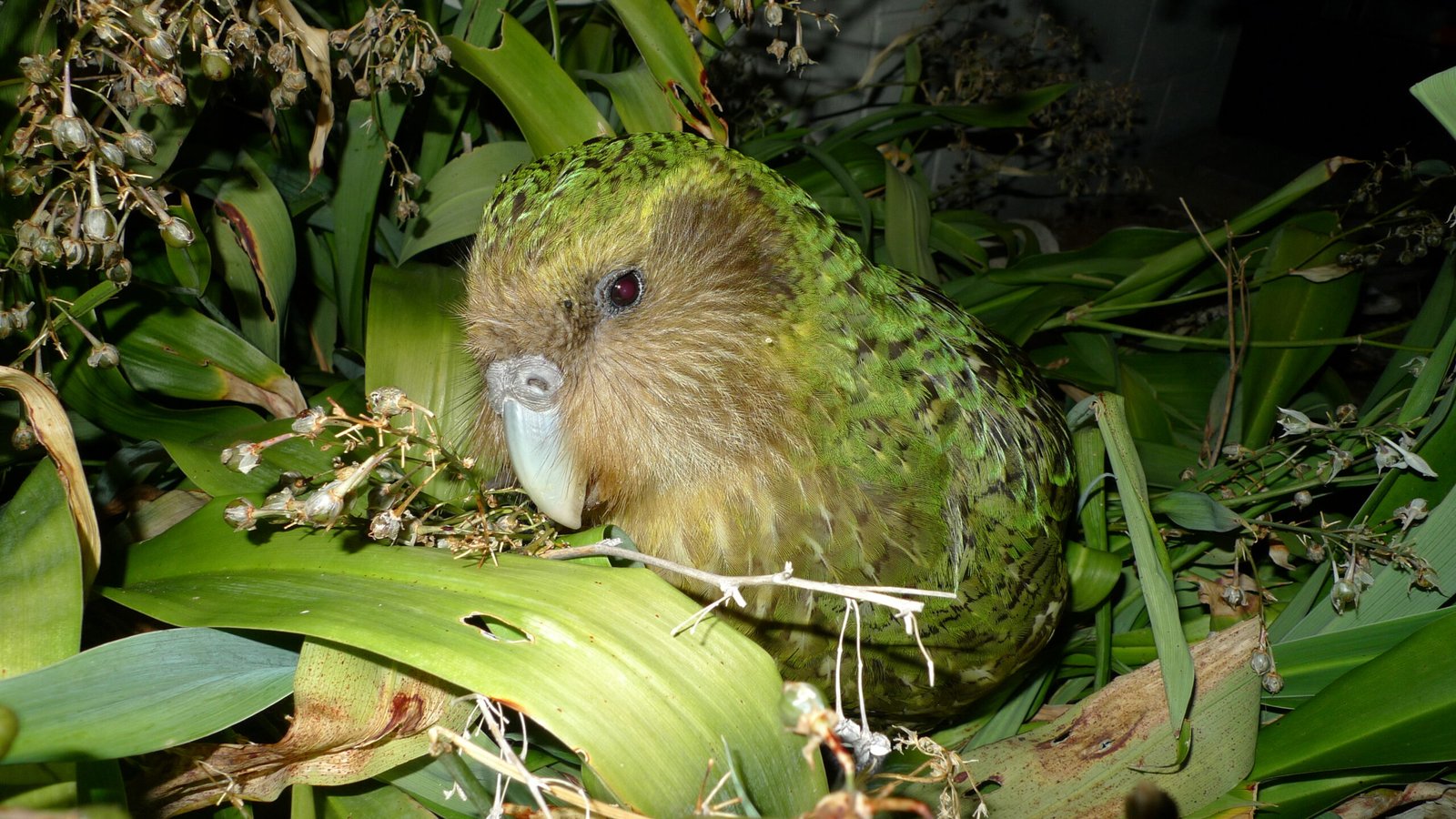
Every kakapo has its own personality. Some are shy and cautious, while others, like Sirocco, are bold and curious. These birds are known for their intelligence and playfulness, often engaging with toys, people, and each other. Observing kakapos interact is like watching a group of feathered comedians — their antics can be both endearing and hilarious.
Calls in the Night: The Kakapo’s Booming Voice
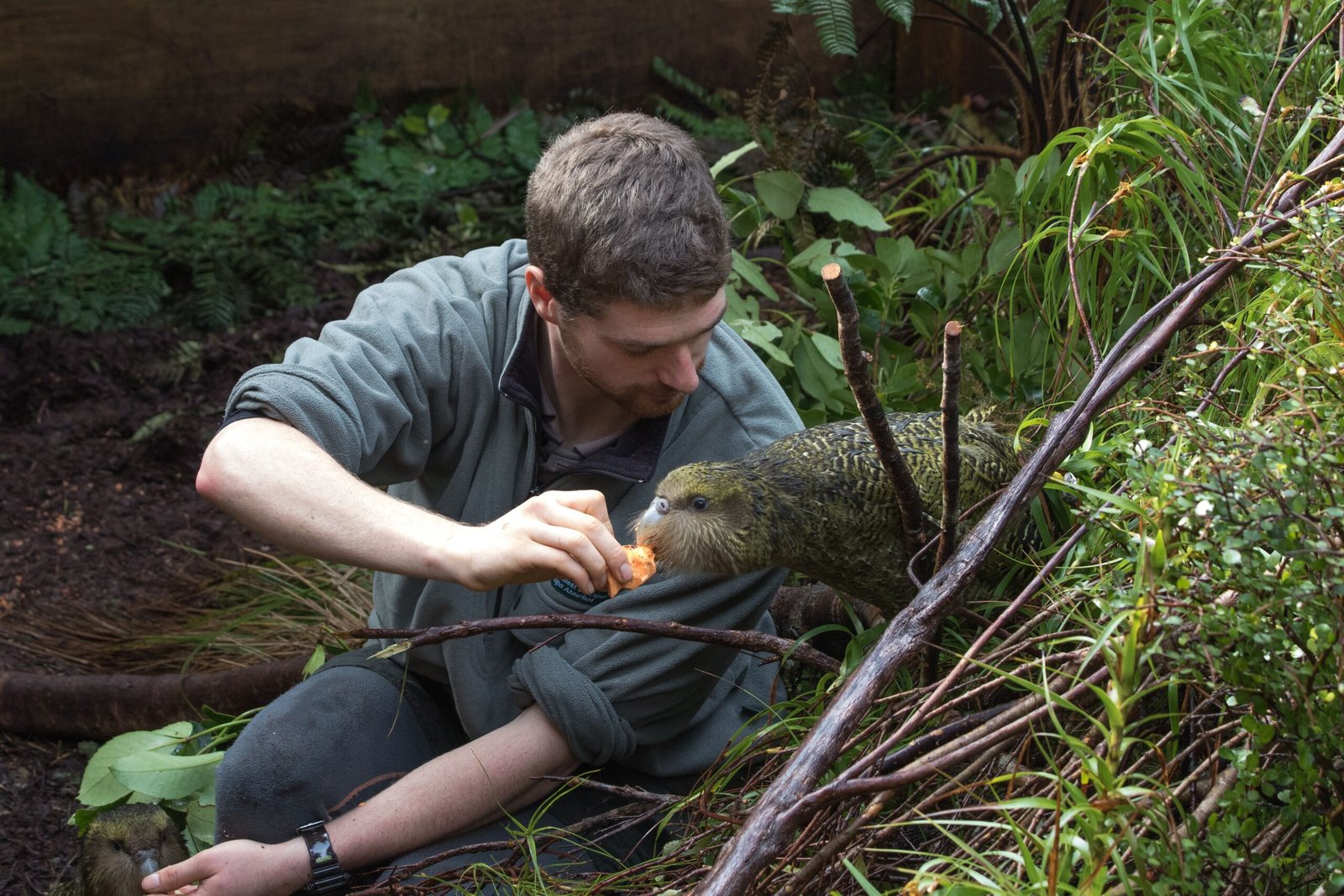
The male kakapo’s booming call is one of the most distinctive sounds in the animal kingdom. Reverberating through the nighttime forest, it can travel up to five kilometers. This deep, resonant sound is produced by inflating a sac in the bird’s chest. It’s both a love song and a beacon of hope, a reminder that life still stirs in the ancient forests of New Zealand.
Kakapo in Māori Culture and Folklore
To the indigenous Māori people, the kakapo is more than just a bird. It’s a symbol of the deep connection between people and the land. Traditional stories speak of the kakapo’s wisdom, its role in the forest, and its importance as a taonga, or treasured being. Today, Māori communities are deeply involved in the kakapo’s recovery, blending ancient knowledge with modern science.
Life on Predator-Free Islands
All remaining kakapos live on carefully managed, predator-free islands off the coast of New Zealand. These sanctuaries are strictly controlled, with every visitor and supply checked for hidden dangers. The islands provide a safe haven where kakapos can live, breed, and hopefully thrive. It’s a fragile paradise, but one filled with the sounds of booming and the possibility of new life.
Famous Kakapo Personalities
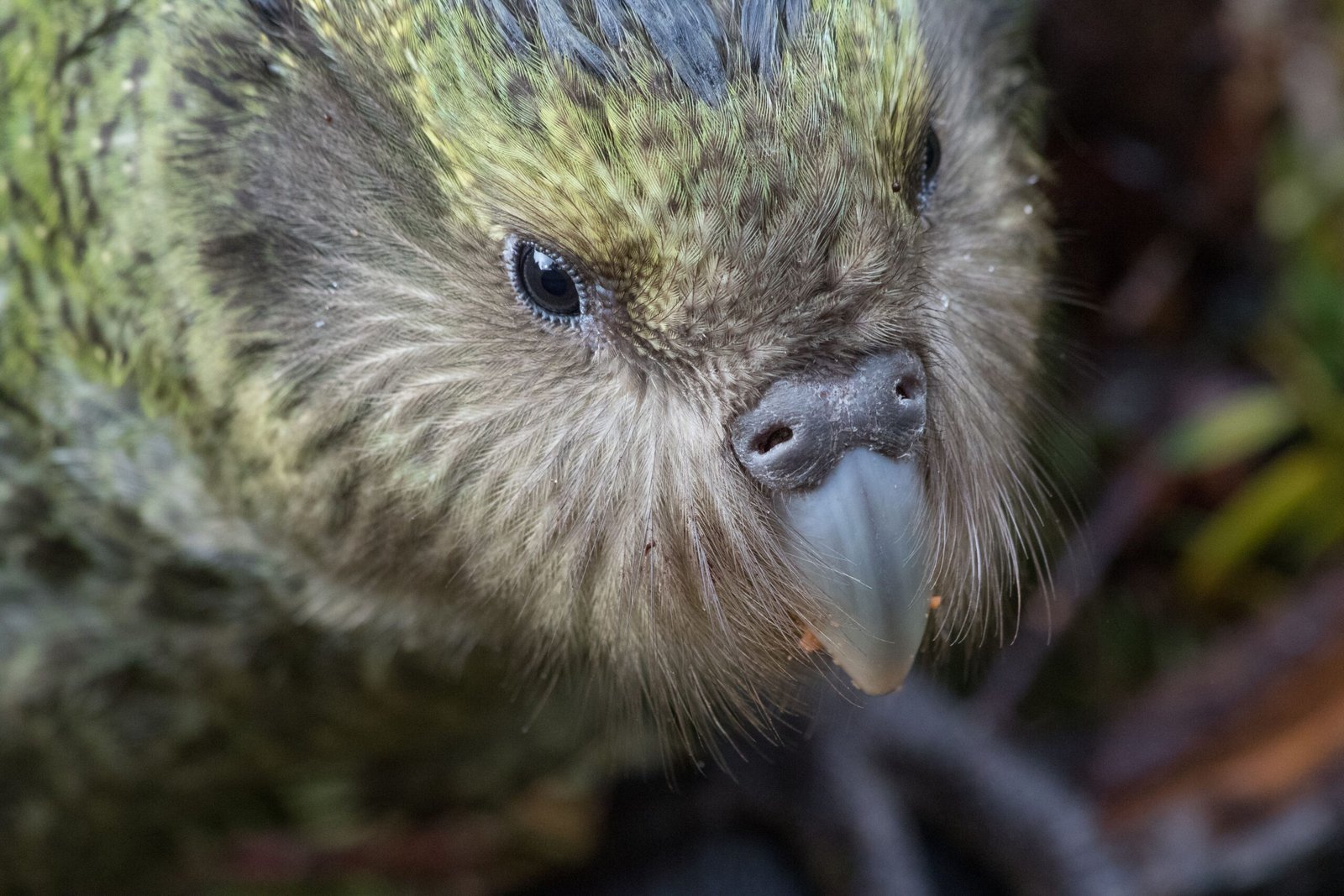
Sirocco isn’t the only kakapo with star power. Birds like Hoki, who was hand-raised and later reintroduced to the wild, and Sinbad, one of the oldest males, have their own fan followings. Each kakapo is named, tracked, and cherished. Their individual stories, quirks, and adventures have been shared with the world, turning the kakapo recovery into a saga of hope and humor.
What’s Next for the Kakapo?

The future of the kakapo hangs in the balance. While the population is slowly growing, challenges remain. Conservationists hope to introduce the birds to new islands, expand their gene pool, and maybe one day return them to the mainland. Each breeding season brings renewed optimism — and the hope that someday, the kakapo will once again boom across New Zealand’s forests.
How You Can Help: Saving More Than a Bird
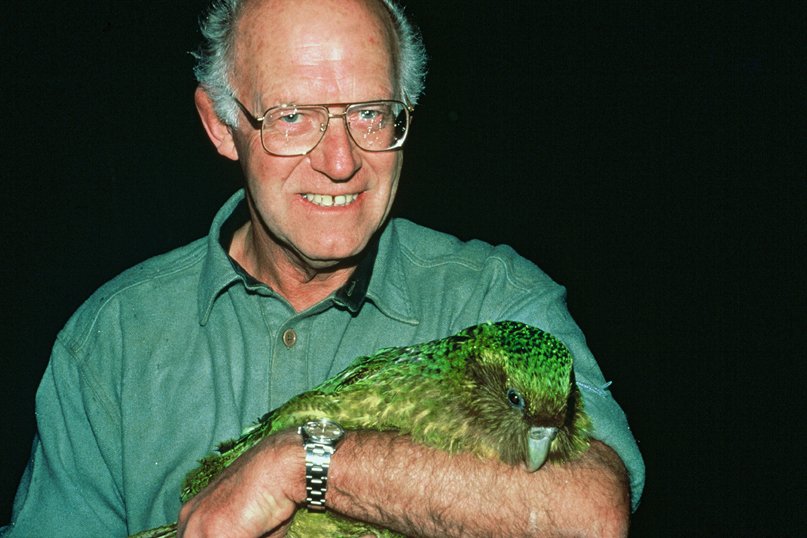
The story of the kakapo isn’t just about saving a bird; it’s about protecting an entire ecosystem. Supporting conservation efforts, raising awareness, and respecting predator-free zones all help. Even spreading the word about Sirocco’s antics can inspire others to care. Every little action counts when it comes to preserving this feathered wonder.
The Magic of the Unexpected: Lessons from Sirocco
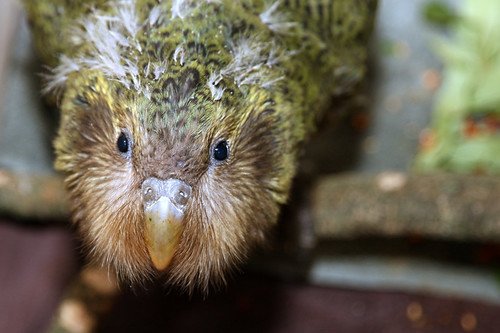
Sirocco’s hilarious attempt to woo a cameraman wasn’t just a viral moment — it was a lesson in the unpredictable beauty of nature. The kakapo reminds us that the world is still full of surprises, and that even the oddest creatures have stories worth telling. Sometimes, it takes a giant, flightless parrot with a booming voice and a big heart to show us what’s at stake — and why it’s worth fighting for.
With each boom in the night and every quirky encounter, the kakapo proves that wonder is alive and well in the wild. Will we answer their call?




